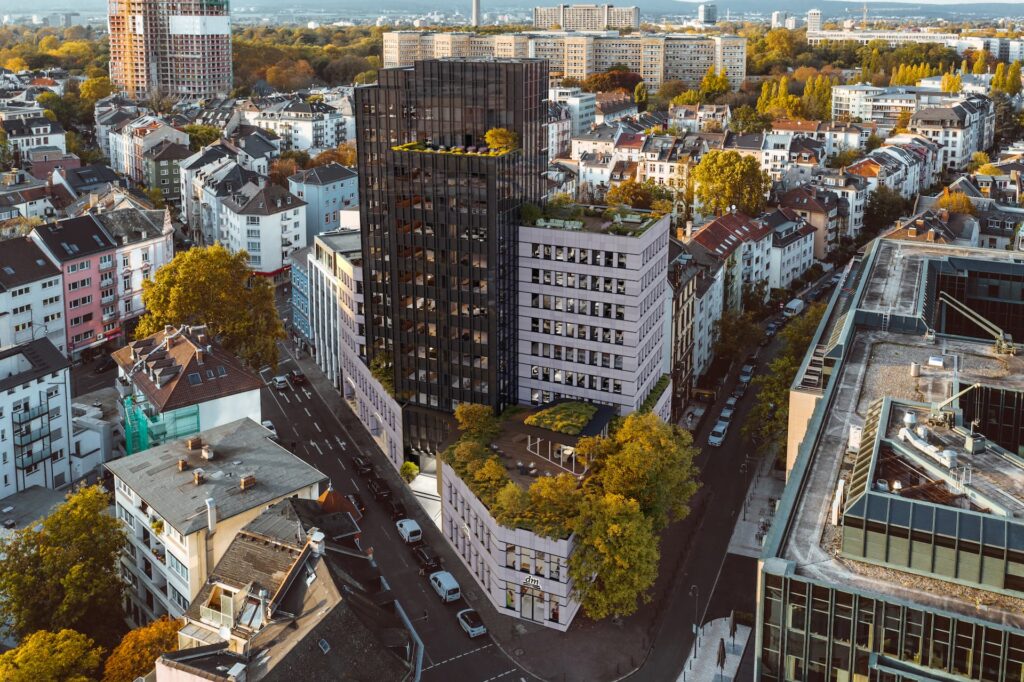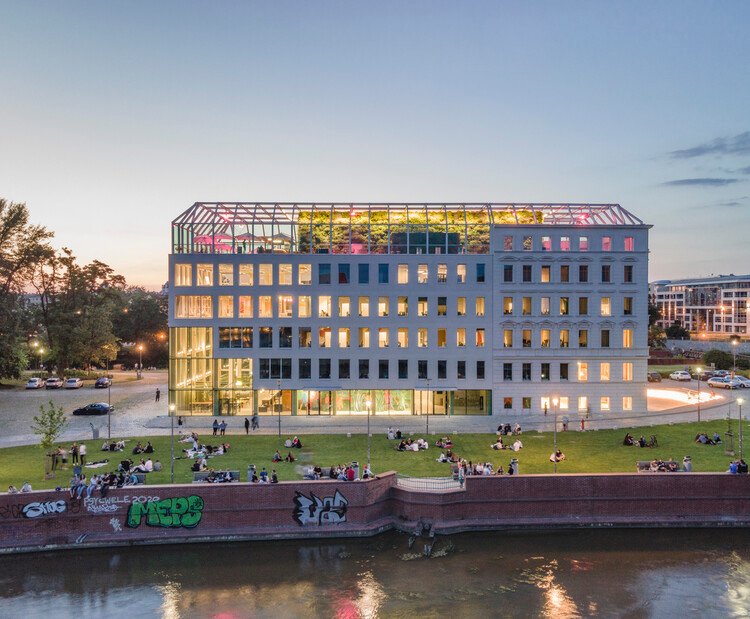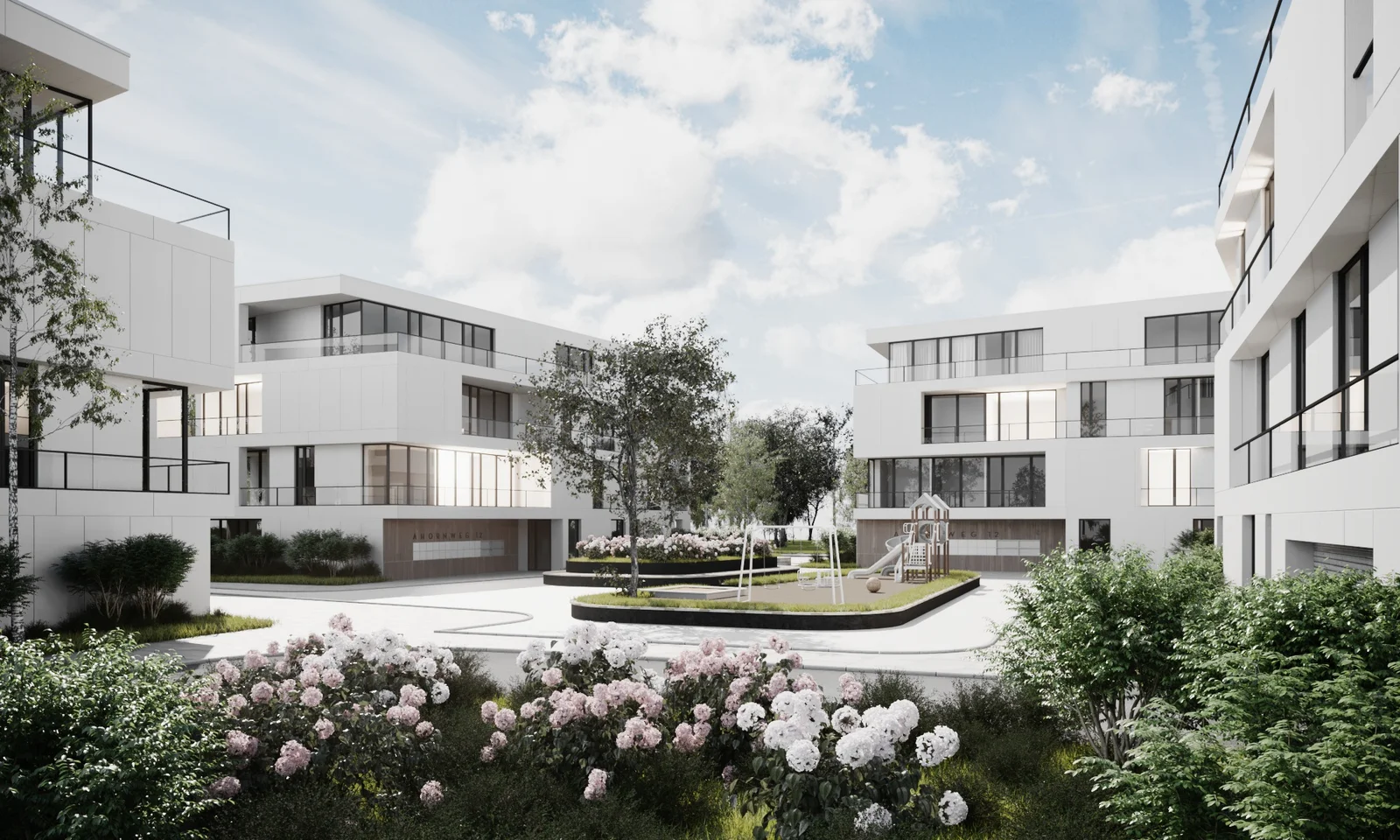Hybrid Visualization Techniques: Combining Hand Sketches with Renders
In this technologically advanced era, the field of design and visualization is rapidly evolving. The traditional hand sketches that were once the primary tool of designers are now being combined with advanced rendering techniques to create a hybrid visualization model. This blog post delves into the details of these hybrid visualization techniques, their benefits, and how they can revolutionize the design process.
Understanding Hybrid Visualization
Hybrid visualization is a technique that combines the traditional art of hand sketching with the modern technology of digital rendering. This combination not only enhances the aesthetics of the design but also makes the process more efficient and effective. Let’s dig deeper into the components of this hybrid technique.
Component 1: Hand Sketching
Hand sketching is the cornerstone of any design process. It allows designers to quickly put their ideas on paper, providing a tangible form to the abstract concepts in their minds. Hand sketches are free-flowing, allowing for modifications and changes on the go. They carry a personal touch, reflecting the designer’s unique style and thought process. However, they may lack precision and scalability, which is where digital renders come into the picture.
Component 2: Digital Renders
Digital renders are created using advanced software that can simulate real-world lighting, materials, and textures. They provide a realistic and detailed visualization of the design, which is a major advantage when presenting a concept to clients or stakeholders. Renders are precise, scalable, and can be replicated without any loss of quality. However, they can sometimes lack the personal touch and spontaneity of hand sketches.
When these two components are combined effectively, they create a hybrid visualization that is compelling, detailed, and yet retains the designer’s personal touch. This technique is gaining popularity in various fields such as architecture, product design, and interior design.
The Power of Hybrid Visualization Techniques
Hybrid visualization techniques are a powerful tool that allows architects, designers and artists to create stunning visual presentations. This method combines the best of both worlds, providing the technical precision of digital renders, along with the unique personal touch of hand sketches.
The Intersection of Digital Precision and Artistic Flair
Hybrid visualization techniques make use of the strengths of both hand sketches and digital renders. Hand sketches are known for their unique artistic flair, and they can convey the artist’s vision in a way that digital renders sometimes cannot. On the other hand, digital renders offer unparalleled precision and detail, making them perfect for showcasing complex designs and structures.
By combining these two methods, designers can create a final product that has both the artistic charm of a hand sketch and the technical detailing of a digital render. This can lead to a more engaging and visually appealing presentation, that can capture the attention of viewers and clients.
Implementing Hybrid Visualization Techniques: The Process
The process of creating a hybrid visualization involves several steps. First, the designer creates a detailed digital render of the design. This can be done using computer-aided design (CAD) software, which allows for precise measurements and accurate representations of the design.
Combining Hand Sketches with Digital Renders
Once the digital render is complete, the designer then adds hand sketches to the design. This can be done by printing out the digital render and then sketching over it, or by using a digital tablet to sketch directly onto the digital render.
The sketches can be used to add artistic touches to the design, such as shading, textures, and other visual effects. This can help to give the design a more natural and organic feel, as opposed to the often sterile feel of pure digital renders.
The Benefits of Hybrid Visualization Techniques
Hybrid visualization techniques offer a range of benefits. They allow for greater creative expression, as designers are not limited to the capabilities of digital rendering software. They can also make designs more engaging and visually appealing, which can help to attract more attention and interest from clients.
A New Era of Design Presentation
In conclusion, hybrid visualization techniques represent a new era of design presentation. By combining the precision of digital renders with the artistic flair of hand sketches, designers can create stunning visual presentations that stand out from the crowd. Whether you’re an architect, a designer, or an artist, consider using hybrid visualization techniques to take your designs to the next level.In conclusion, the blend of traditional hand sketches and advanced digital rendering, known as Hybrid Visualization Techniques, offers boundless potential for designers, architects, and artists alike. This balanced fusion allows for a more comprehensive understanding of design concepts, providing a unique perspective that neither method could achieve on its own. This innovative approach not only enhances the overall visual communication but also bridges the gap between abstract ideas and tangible realities. Therefore, Hybrid Visualization Techniques: Combining Hand Sketches with Renders is a powerful tool that can significantly enhance creativity, precision, and efficiency in the visual representation of design concepts.







